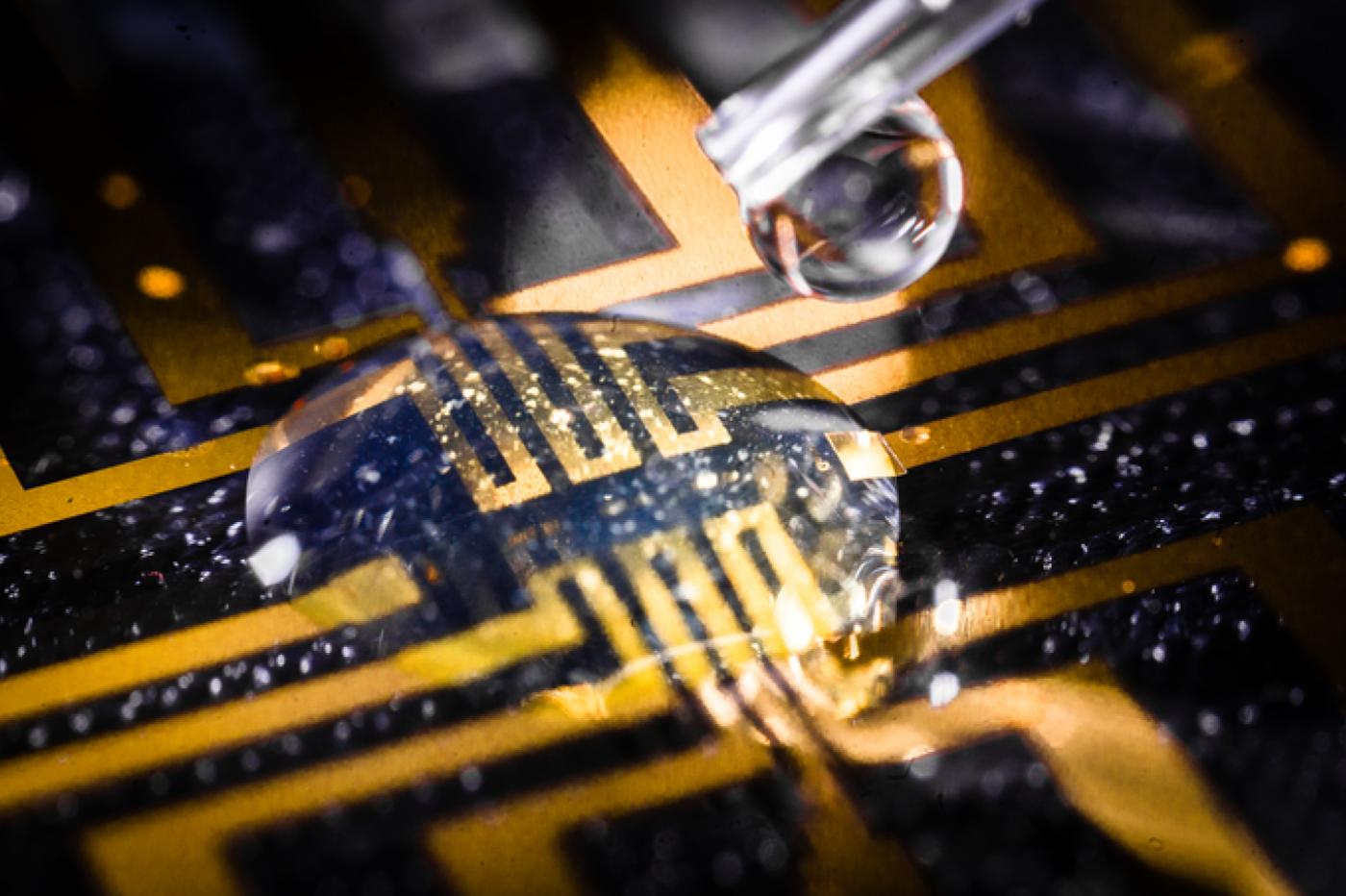
This gel electrode can be pushed directly into the brain
Right now, a lot of prestigious labs are exploring new ways to blend biology with technology. These include brain-machine interfaces such as Neuralink, which seek to control neural processes through electrodes implanted in the brain.
But so far, none of this work has completely resolved a major biocompatibility problem. It’s no secret that biological tissues are very different from electronic circuits. Since the body actively defends itself against a foreign body, it is not easy to make the two coexist in the same system.
Does this mean that biology and modern technology, which is based on electronics, are fundamentally incompatible? not necessarily. Because the more science advances, the more blurred the boundaries between the two become. And recent work by a team of Swedish researchers could begin to make it disappear altogether.
Bioelectrodes that grow on their own
The group is led by Professor Magnus Berggren, fromLinkoping University, developed a somewhat revolutionary new concept. Instead of forcing the body to accept a foreign body, its researchers approached the problem from the other extreme. They managed it To power the cellular machinery so that it itself builds electrodes into living tissue.
To achieve this, they had to start by finding an acceptable substrate that the immune system would not reject. Their choice fell on a semi-inert gelatinous substance. Its peculiarity is that it is fullenzymesfollower natural stimuli Necessary for many physiological chemical reactions.
Once the substance is injected into living tissue, the enzymes find themselves in contact with new resources with which to work. So they start to trigger reactions that Gradually transform the gel into functional electrodes.
The concept is strong, flexible and in tune with life
The first advantage is that the interfaces produced in this way are Completely biocompatible, as they are built by the cellular machinery of the tissues themselves. This approach is also Very flexible. Simply adapt the gel formulation to target specific biological complexions. Thus we can create interfaces specifically designed to stimulate the heart, muscles, a specific brain region, etc.
According to the scientific publication, the researchers have already succeeded in proposing a proof-of-concept. They have successfully grown electrodes in various tissues in zebrafish and leeches. “ By altering the chemistry of the gel, we were able to develop electrodes that are acceptable to both tissues and the immune system. they explain.
Moreover, after a few weeks of follow-up, they found that the electrodes had grown without the slightest collateral damage. The surrounding tissues are not destroyed and are still functioning normally. This represents a huge advance compared to grafting artificial interfaces, which is a veritable massacre on a cellular level.
A revolution in research and medicine
” For decades, we’ve tried to create electronics that mimic biology. Now we let biology create the ingredients for us Peregrin sums up. This could be the beginning of a major paradigm shift in the field of neuroscience and bioelectronics.
Because fact Deconstructing biology and electronics Not a futile intellectual exercise. This is the main challenge in developing a whole new family of revolutionary technologies. Enough to profoundly transform basic research and clinical neuroscience.
Indeed, these electrodes would be great tools for studying the nervous system in real conditions. This would make it possible to understand certain mysterious mechanisms to improve our general understanding of organisms. And finally, we can even imagine using it to fight serious neurological disorders.
Towards a profound change with regard to technology?
Of course, this technology is still far from maturity. We will have to wait many more years before reaching a fully functional system, and even more so to find it at the interface of a brain device or a new generation pacemaker. But it’s still more than a great contribution. It could serve as a starting point for many groundbreaking new scientific works.
In any case, the authors are convinced of this. ” Our findings pave the way for new ways to understand biology and electronics says Hanne Biesmans, doctoral student at Linköping University and co-author of the study.
So it remains to be seen how far researchers will push this very promising concept, which is full of profound implications – first purely technological, but also almost philosophical, because these biocompatible components can Completely dynamite the current frontier between live and electronicH. In a few years, it is not impossible for this approach to come true Redefining the foundations of our relationship with technology.
The text of the study can be accessed via informed daily.

“Organizer. Social media geek. General communicator. Bacon scholar. Proud pop culture trailblazer.”
